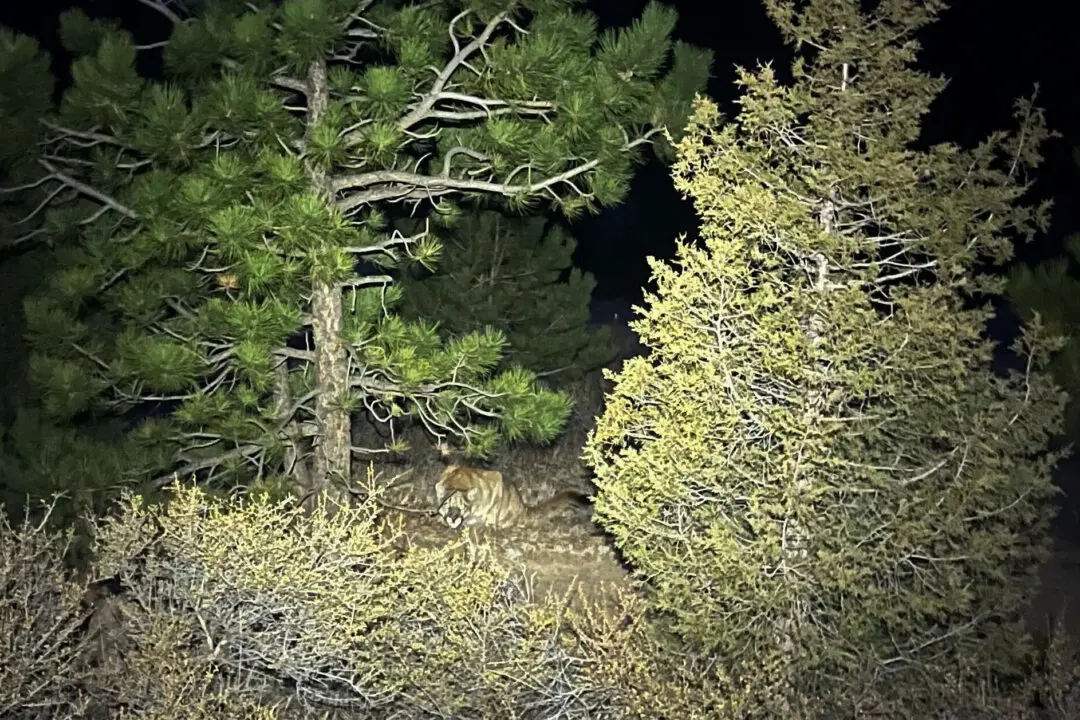The Trump administration took aim at two Obama-era environmental policies on Dec. 6 to boost the oil and coal industries, proposing to open up a wildlife habitat to drilling and mining and remove hurdles to new coal-fired power plant construction.
The moves, part of a broader agenda by President Donald Trump to revive the ailing coal industry and ramp up domestic energy production, comes on the heels of a congressionally mandated report which warned about the hypothetical impact of climate change, and as world leaders gather at a United Nations conference to address global warming.





